PRB’s 2012 World Population Clock
Nearly all future population growth will be in the world's less developed countries, and the poorest of these countries will see the greatest percentage increase.

Nearly all future population growth will be in the world's less developed countries, and the poorest of these countries will see the greatest percentage increase.
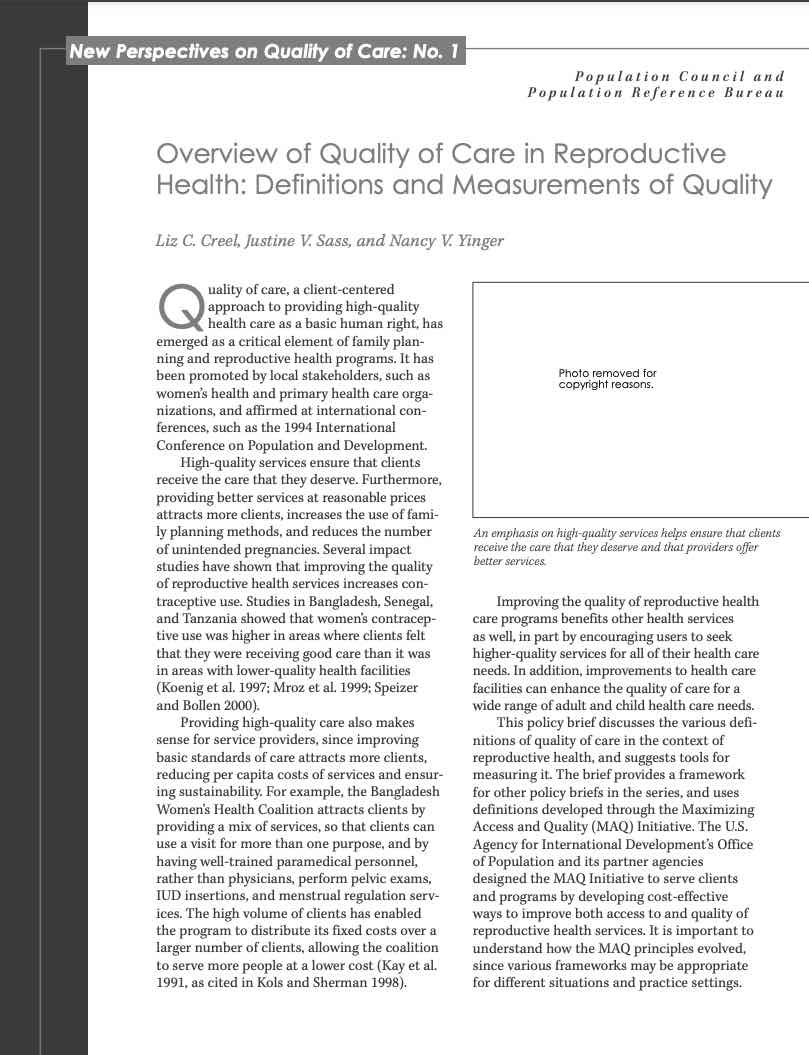
(2002) Quality of care, a client-centered approach to providing high-quality health care as a basic human right, has emerged as a critical element of family planning and reproductive health programs.
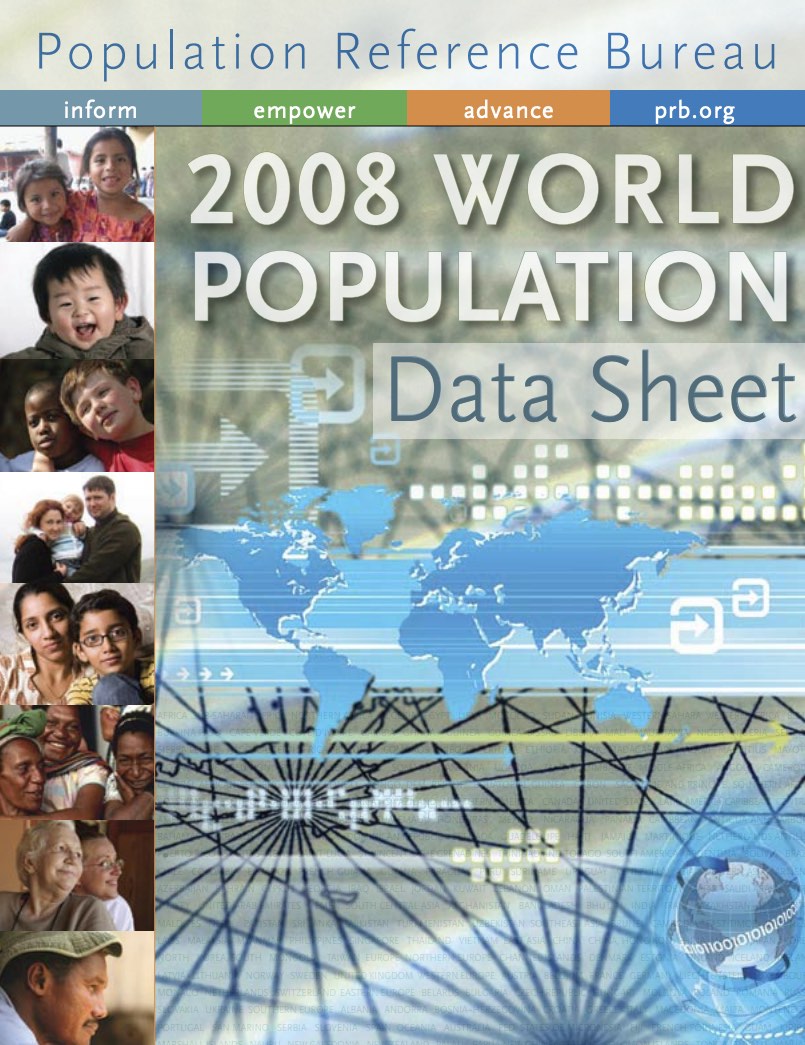
(2008) The demographic divide—the inequality in the population and health profiles of rich and poor countries—is widening.
(2005) As world leaders focus on global poverty alleviation, deep inequalities in not only income but also health and well-being continue to plague many countries around the world.
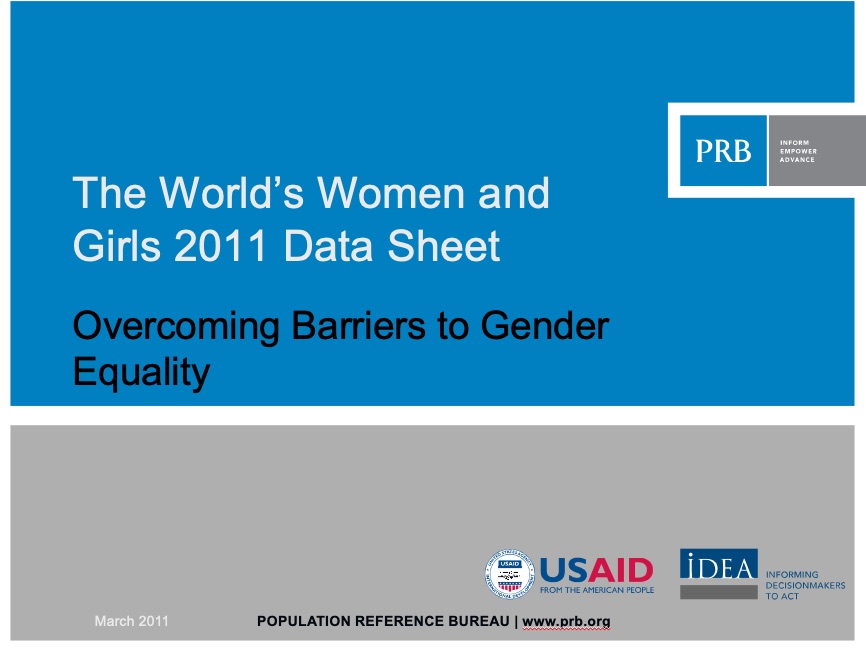
Project: IDEA: Informing Decisionmakers to Act
(2011) In which country do 72 percent of women marry before age 18? Worldwide, what percent of girls complete primary school? What is the average number of lifetime births per woman in Niger?
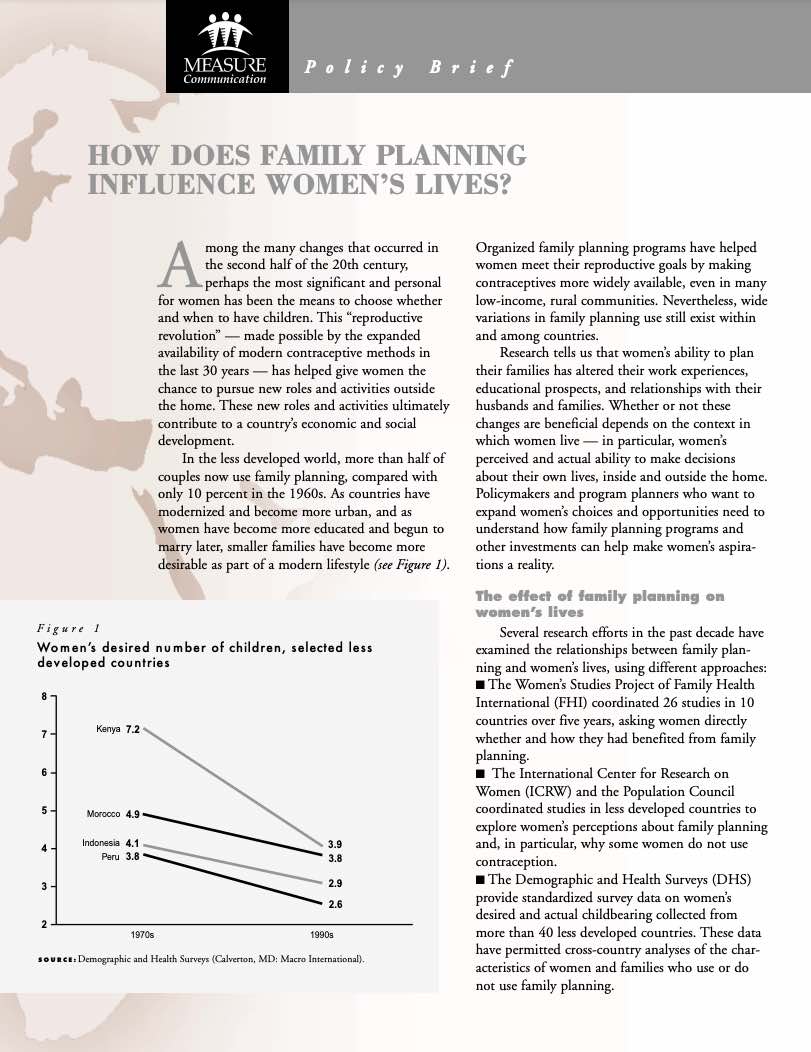

(2009) Global population numbers are on track to reach 7 billion in 2011, just 12 years after reaching 6 billion in 1999. Virtually all of the growth is in developing countries.
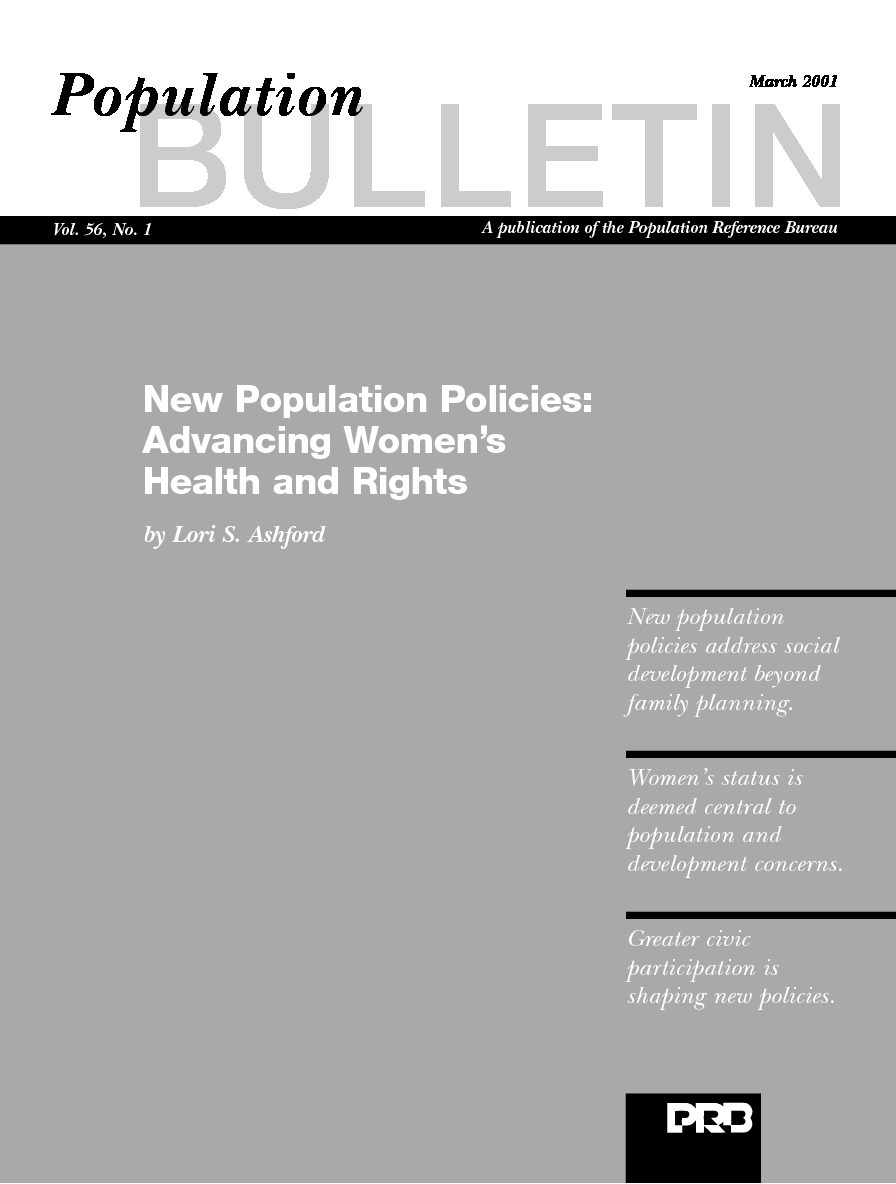
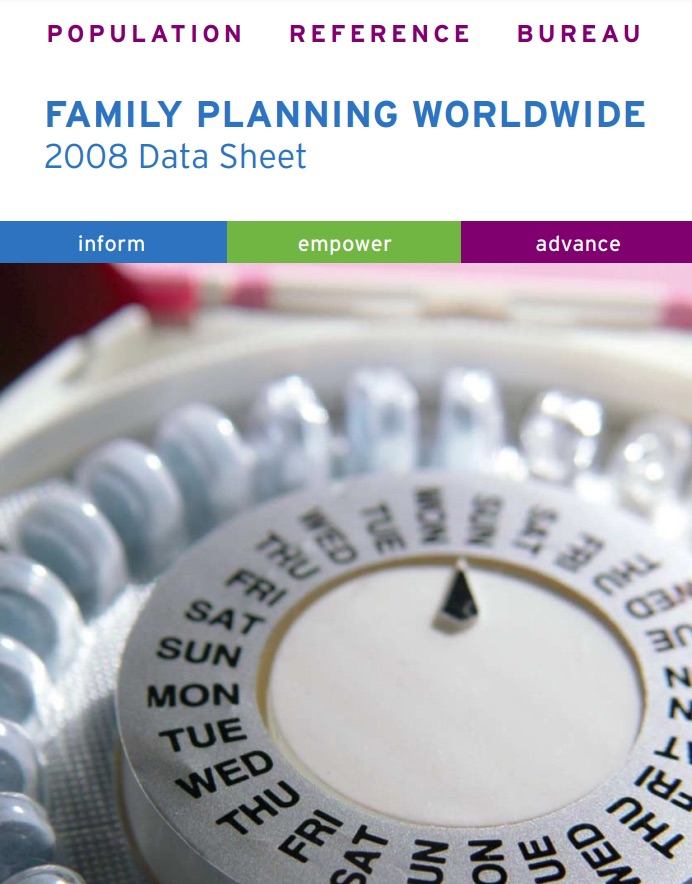
(2008) The worldwide demand for family planning services is growing because of two trends: the burgeoning numbers of young people entering childbearing age and the increasing adoption of contraceptive use.